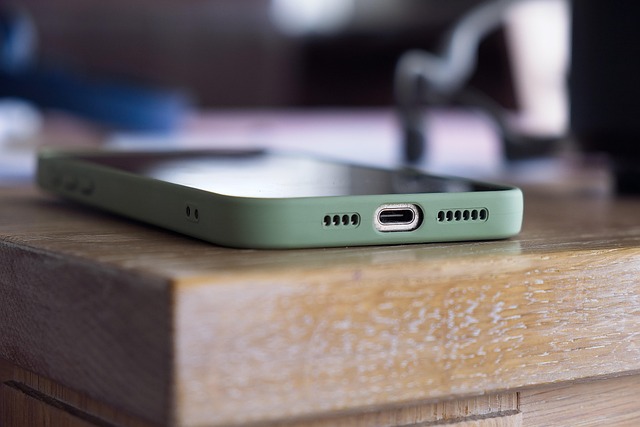In today’s fast-paced world, the way we consume entertainment is continually evolving, especially with the rise of mobile technology. The television landscape is transforming, moving from traditional large screens to more compact and versatile mobile displays. These changes are not merely a shift in size but signify a broader evolution in how we visualize and interact with media content.
Gone are the days when viewers were tethered to their living room couches, restricted by proximity to their televisions. The advent of mobile technology has redefined the concept of viewing. Now, our favorite shows, movies, and events are effortlessly accessible on devices like smartphones and tablets. This freedom of movement allows content consumption in ways that were previously unimaginable. Whether you’re commuting, at a café, or lounging by the pool, entertainment is just a tap away.
The rise of mobile displays has prompted significant advancements in display technology. Manufacturers are relentlessly pushing the boundaries, developing high-resolution screens that provide stunning color accuracy and contrast, ensuring that even on smaller devices, the viewing experience remains immersive. OLED and AMOLED technologies, for example, yield vibrant colors and deep blacks, creating a visual feast that captivates audiences.
Moreover, mobile monitors have become essential in today’s connected world, where working from different locations is increasingly common. A high-quality mobile display can transform a mundane workspace into a vibrant setting for creativity. The integration of technological advances—such as HDR (High Dynamic Range) and increased refresh rates—further enhances the viewing experience, making every frame a visual delight.
As the mobile-display market continues to grow, it brings along innovations that allow for even more portability. Folds and rollable screens are no longer just a concept; they’re becoming a reality. This leap in design reflects a strong demand for flexibility in our viewing habits. Imagine carrying a tablet that can expand its display size or fold up entirely when not in use—such innovations will pave the way for a more user-centric approach to entertainment.
Another aspect worth noting is the improvement in streaming technology, which also influences how we utilize mobile displays. With the rise of platforms like Netflix, Hulu, and Disney+, on-the-go viewing isn’t just an option; it’s the norm. These platforms have optimized their content for mobile consumption, offering features such as offline viewing and personalized recommendations, ensuring that every individual can tailor their watchlist according to their preferences.
However, with this shift to mobile, there are challenges to address, primarily concerning screen size limitations and the potential for eye strain. As such, the balance between quality and portability must be considered, especially for long-term viewing sessions. With innovations in blue light-reducing technology and adjustable settings, users can enjoy their mobile viewing while mitigating fatigue.
As we look ahead, the future of television viewing undoubtedly leans towards an increasingly mobile experience. It’s about more than simply consuming content; it’s about interaction and interconnectivity—with the ability to switch seamlessly between devices. This fluidity exemplifies how mobile technology is reshaping our entertainment landscape, making it not only more accessible but also more enjoyable.
As viewers, our engagement with content will only deepen as mobile technology continues to innovate and adapt. The playful blend of TV and mobile displays offers a new canvas for creativity and storytelling, inviting us to explore and connect with our favorite media in ways we’ve yet to fully imagine.




